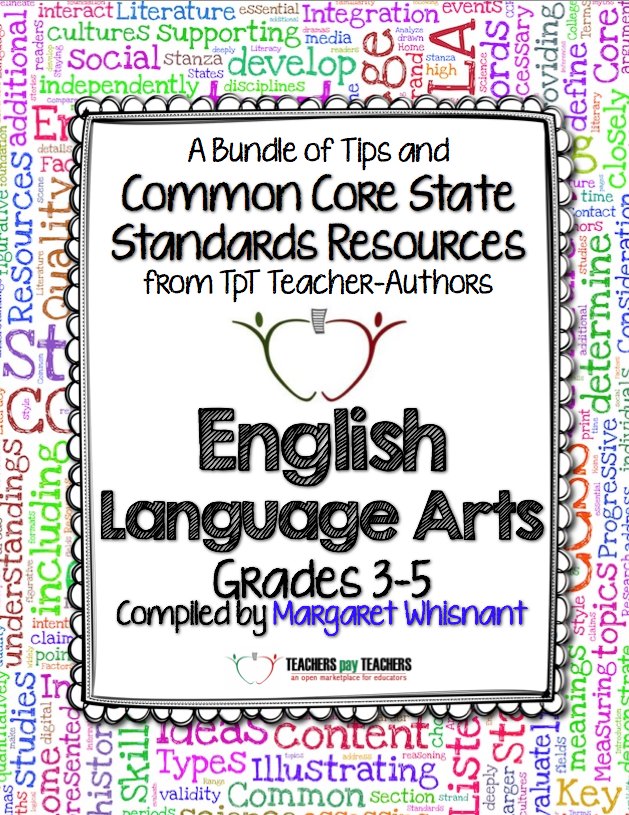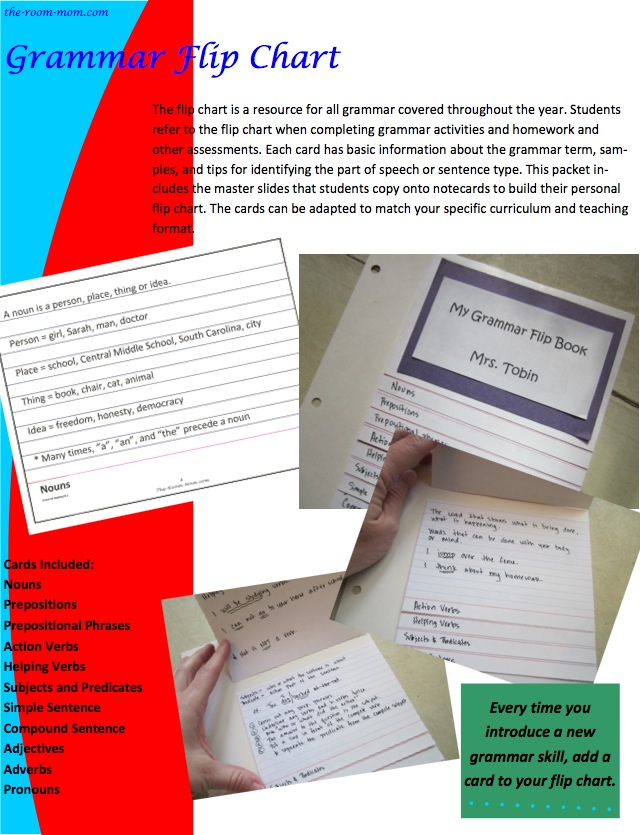Well, without any further ado, here's College and Career Readiness Standard for Language 6 (CCRA.L.6): "Acquire and use accurately a range of general academic and domain-specific words and phrases sufficient for reading, writing, speaking and listening..."
Vocabulary, how do I teach thee? Let me count the ways:
- Vocabulary Books - My students use a vocabulary series to learn 12 to 15 "new" words each week. Obviously, they already know a few words before we even begin, but I hope that they learn additional denotations and connotations by the time we wrap it up each week.
- Greek/Latin Roots - I try to work on one Greek or Latin root word each week. Okay, I haven't been as consistent as I'd like, but this is the goal. For this, we probably cover 5 to 10 words.
- Words in Reading - Of course, like all classes, we work on vocabulary related to stories we're reading. I'd estimate that students learn or fine-tune 10 or more words each week in this way.
- Content Words - Content words are huge in my class. Students are accountable for math, science, health, social studies, and English terms. Whether we're studying polygons, erosion, diseases, elections, or parts of speech, there are always new terms to learn. How many? I'd guess 20 to 30 per week.
- Teacher Talk - I believe in using big words with my students. When I talk, I use words that I'm pretty sure are new to them and define them as I speak. It goes something like this: "Of course, when you are in a higher math class, you will learn the Pythagorean theorem. You're probably thinking: What's that? Well, it's a theorem (or mathematical rule) thought up by the ancient mathematician Pythagorus. He found that if you take these the two sides that are adjacent, or next to, the right angle, square each one, then add them together, the sum will equal the square of the hypotenuse. The hypotenuse is the side opposite the right angle." I try to repeat this idea (and the correlating vocabulary) whenever the opportunity presents itself. I don't have any way of knowing how much this practice increases my students' vocabulary, but I hope it's 10 to 20 words per week.
- Independent Reading - Students acquire a great number of new words through independent reading. That's a big push for us. Every Monday morning we assess each student's progress (using Accelerated Reader reports), hold brief reading conferences, and have 30 minutes of sustained silent reading. Research shows that students in middle grades are exposed to between 8,000 and almost 5,000,000 words per year based on the amount of reading they do. Let's just make a wild guess and say that the amount of new vocabulary gained due to our AR push is 20 words per week.
What steps will I take to improve my vocabulary program this year?
- I will get on board with Greek and Latin word parts. Traditional pencil and paper activities just aren't working for me, though. My kids need hands-on, minds-on practice constructing word meaning using Greek and Latin roots. And here's how I'm going to do it: word strips. This is brand new! I just came up with it last night. The first in the series ("ped") is now available for free at my Teachers pay Teachers store.
- I will help students "own" more words by encouraging them to use newly acquired vocabulary. Sheets like this will help them keep track of five new words per week. Friends, relatives, and teachers will initial the octagons to indicate a time when the student has used the word in speaking or writing.
- I will start each day with the Word of the Day from Merriam-Webster, which will bring an additional 180 words into my classroom. (Yesterday's word was suffice and today's is cocoon. I know my students will like this!)
- We will start using this website, WOW Words, to explore our vocabulary words. Their format is so cool!
Now I just have to do it! Let's make a pact to integrate more vocabulary this school year!




































